Design Process
Ideate
Overview:

Welcome to the third phase of the bootcamp! We are now ready to start generating ideas. In the previous phase, we created our problem statement, which is handy for the Ideation process. You should go into this phase with a fresh mind and open perspective. Remember to take note of the sections most useful to you and keep the bootcamp project in mind.
Module Length: 30 min
Ideating on possible solutions
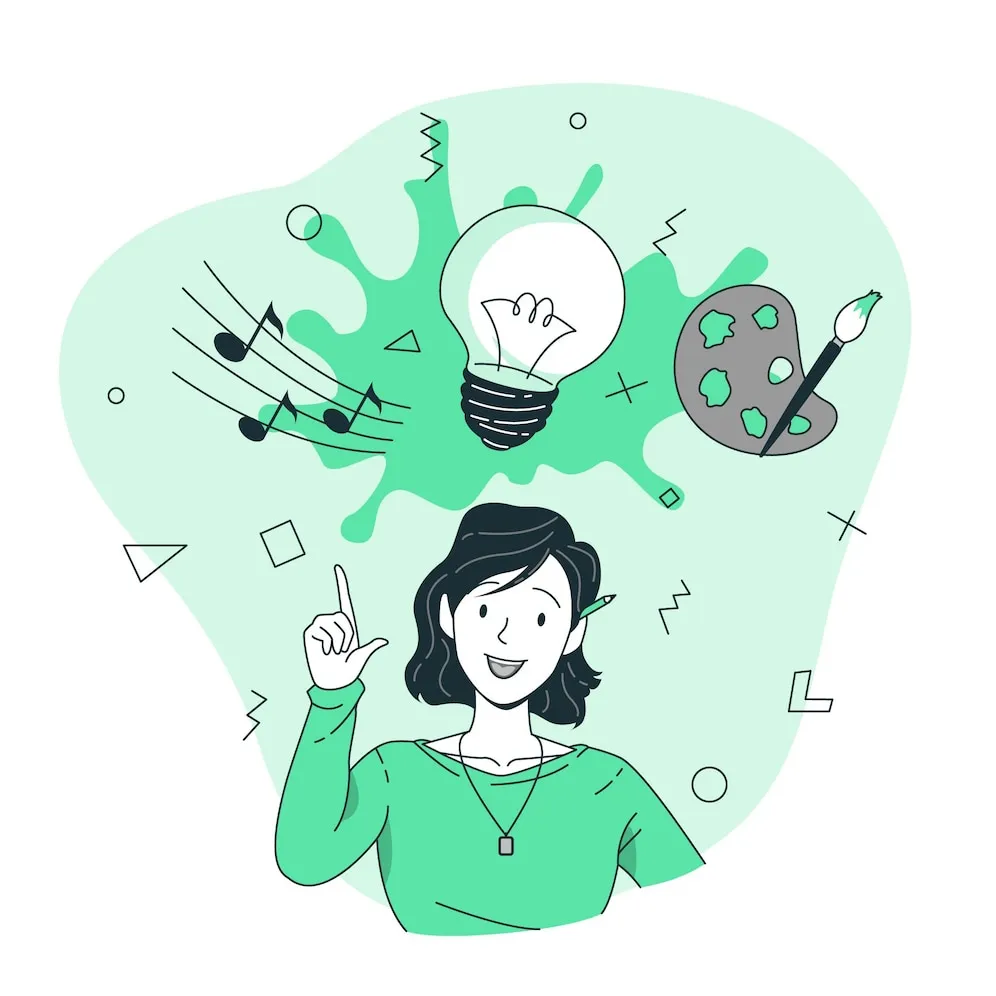
Ideate is the third phase of the design thinking process. By now, we have established the target audience, user needs and pain points, as well as a problem statement to solve. We need to aim for an immense amount of ideas during the Ideation phase. We will go through rapid idea generation where the ideas created aren’t very polished but are instead very rough, early concepts. The purpose of this phase is to generate as many ideas as possible. We want to explore a diverse and wide range of solutions, striving to think outside of the box for an idea that solves your problem statement.
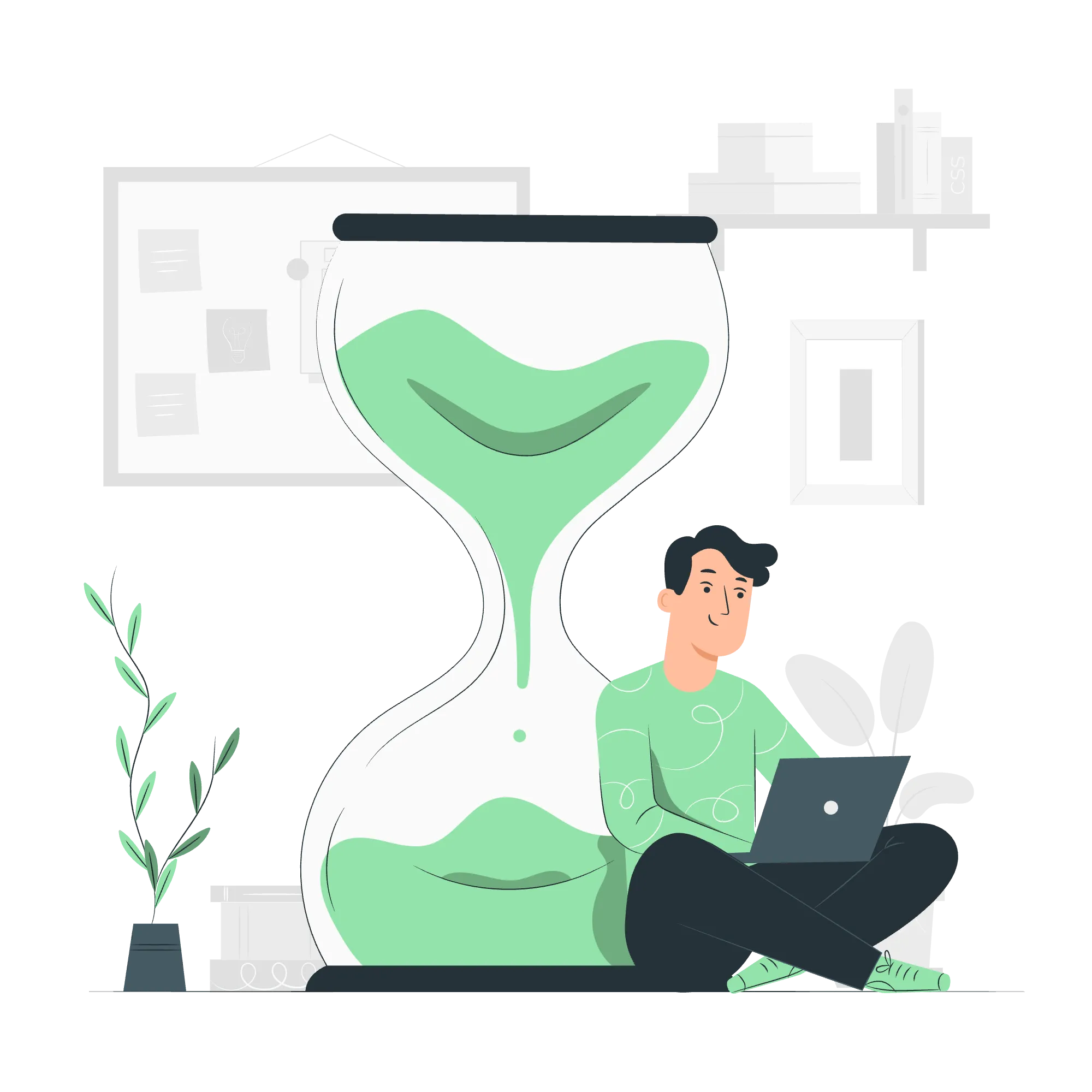
A good way to go about the Ideation phase is to first sketch, then brainstorm.
Create sketches to visualize ideas. Your sketches don’t need to be fancy; keep it simple to create different ideas to choose from. Focus on communicating your ideas and how you intend to solve the problem rather than the look of your sketches.
Use brainstorming methods after individual sketching to discuss with either your group or debrief on your own. Brainstorming leverages generated ideas from sketching or writing sessions to further build upon them or move entirely into a different direction based on brainstorming discussions.
Repeat the cycle again. Whether you work in a group or you’re working by yourself, idea generation will require you to create many ideas at a fast and rapid speed. Don’t stop at just one idea, keep going until you run out of ways to solve the problem.
Good ideation practices
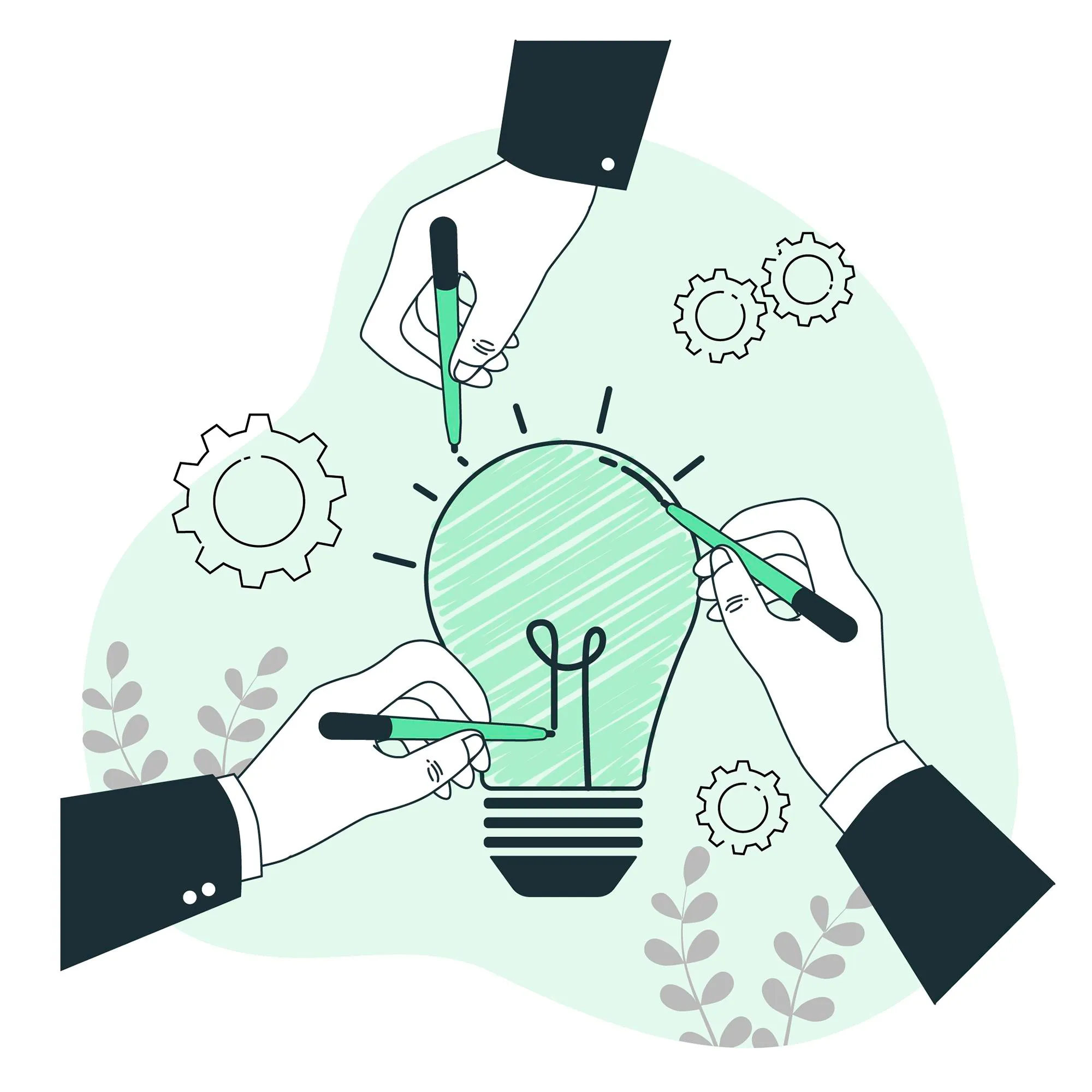
Ideation can sometimes be a chaotic process, so here are some general guidelines that may help you when sketching or brainstorming:
- Create a plan for your Ideation session. What methods will use? Why this method? When do you need to wrap up? What do you need to start ideating (materials, information, etc.)?
- Identify the main topics you want to cover by the end of each session.
- Set a timeframe for each Ideation method you use. Giving yourself a “deadline” pushes you to make better use of your time and leads to more effective and efficient ideation sessions.
- Breadth over depth. Ensure you focus on quantity over quality. More ideas mean more choices to choose from.
- Focus on generating ideas. Even the craziest and wildest ones are worth exploring, so don’t worry about the technical stuff for now.
- Collaborate with others as it may be easier to generate ideas in a group rather than individually.
- Share your ideas with everyone else. Each idea is greatly appreciated and should be heard and explored. Holding back ideas only limits the solution pool to choose from, and who knows, your idea might just be the solution or the catalyst you’re looking for.
- Ensure the environment is friendly. Judgment or criticism is discouraged during ideation sessions until you are ready to debrief in evaluations.
- Visualize your ideas with sketches to get ideas across when verbalizing information isn’t enough. It’s a good idea to keep a stack of post-its, scratch paper, or a whiteboard nearby!
Ideation Methods
| Name | Description | Ideation Framework | Resources |
|---|---|---|---|
| Sketching | Sketching is one of the best ways to visualize ideas and works best when kept simple. (Use brainstorming methods after individual sketching to discuss with group or on your own) | Sketching, Individual, Group | - |
| Sketching Flows | Create thumbnail sketches and master flow sketches. Thumbnail sketches provide an overview of the idea. Master flow combines each group member’s own thumbnail sketch into a more complete flow. | Sketching, Individual, Group | Guide |
| Crazy 8’s | A core design sprint method & fast sketching exercise that challenges groups to work collaboratively and sketch 8 distinct ideas in 8 minutes. | Sketching, Group | Guide, Template |
| Storyboard | Visually predict and explore how a user would experience and interact with a product or service. | Sketching, Individual | Guide, Template |
| Brainstorm | Brainstorming builds upon generated ideas from sketching or writing sessions. (Please note there will be activities better suited for groups and activities better suited for individuals working alone.) | Brainstorming, Group | - |
| Braindump | Write your ideas on a post-it note to later share with the rest of your team in the brainstorm session. | Brainstorming, Group | Guide |
| Brainwrite | Write your ideas down & pass it on for the next person to build upon that idea. All ideas will be discussed at the end to determine the best one. | Brainstorming, Group | Guide |
| Brainwalking | Write your ideas on paper & create idea stations where members walk around and gather to discuss ideas. | Brainstorming, Group | Guide |
| Mind Mapping | Form ideas by organizing information connected to a single topic and structure in a systematic, meaningful way. Used for brainstorming, pattern recognition, and process visualization. | Brainstorming, Individual, Group | Guide, Template |
| SCAMPER | Generate innovative ideas for new products and services by improving existing ones or creating a new one. | Brainstorming, Individual, Group | Guide, Template |
| Reverse Brainstorm/ Fail Storm | Brainstorm possible ways your current potential ideas might fail to reframe ideas and reach a better solution in the end. | Brainstorming, Individual, Group | Guide, Template |
| Worst Possible Ideas | Similar to a fail storm, write down wrong and impossible ideas to determine what ideas won’t work to create stronger solutions. | Brainstorming, Individual, Group | Guide |
Evaluating your ideas
At the end of the Ideate phase, you or your team (if you are working in a group for a project) will begin evaluating all the ideas generated. You are now moving away from the divergent stage towards a convergent field of a few selected ideas. Pick 3-5 ideas that you think could be expanded on. Then try to narrow down those ideas to just 1 comprehensive and finished solution. Let’s discuss how you would evaluate your many ideas effectively and efficiently.
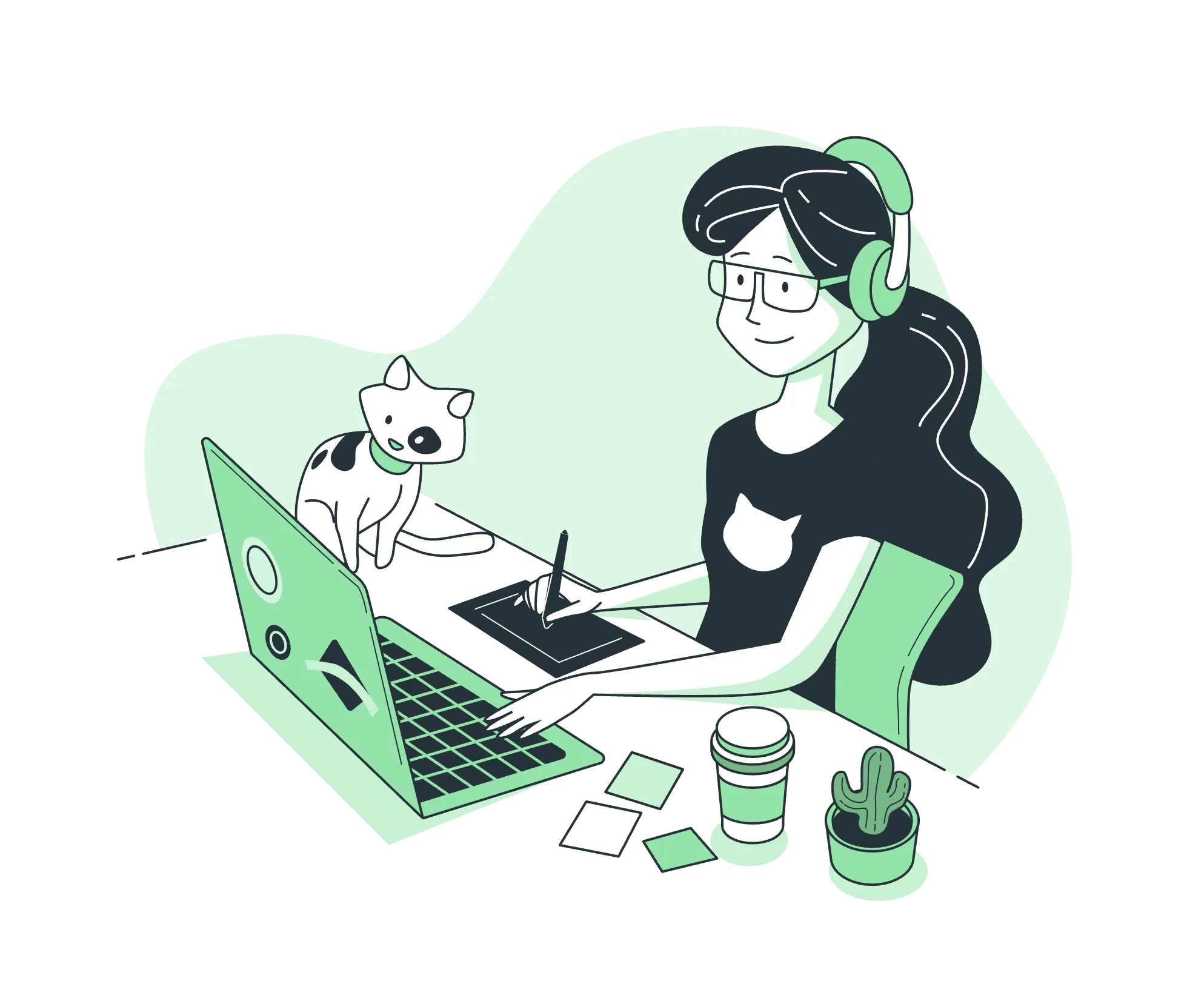
Evaluating ideas by yourself is a simple procedure. Start with some questions and evaluation criteria to measure if your ideas meet the criteria of your problem statement. You may also use methods seen in group evaluation sessions and alter them to fit individual work. Here are some questions to consider to check if your ideas meet the standard:
- What user pain point is each idea addressing?
- How are user pain points being solved with this idea?
- Does it fit with people’s needs? Is there demand?
- Are users going to benefit from this solution?
- Is it different enough from what exists to add additional value?
- How innovative is the idea? How do we make it more exciting?
- What are the benefits of combining some of the ideas?
- What are some of the pros and cons of each idea?
- Is it solving the problem statement we already established?
- Review your ideas & make a decision
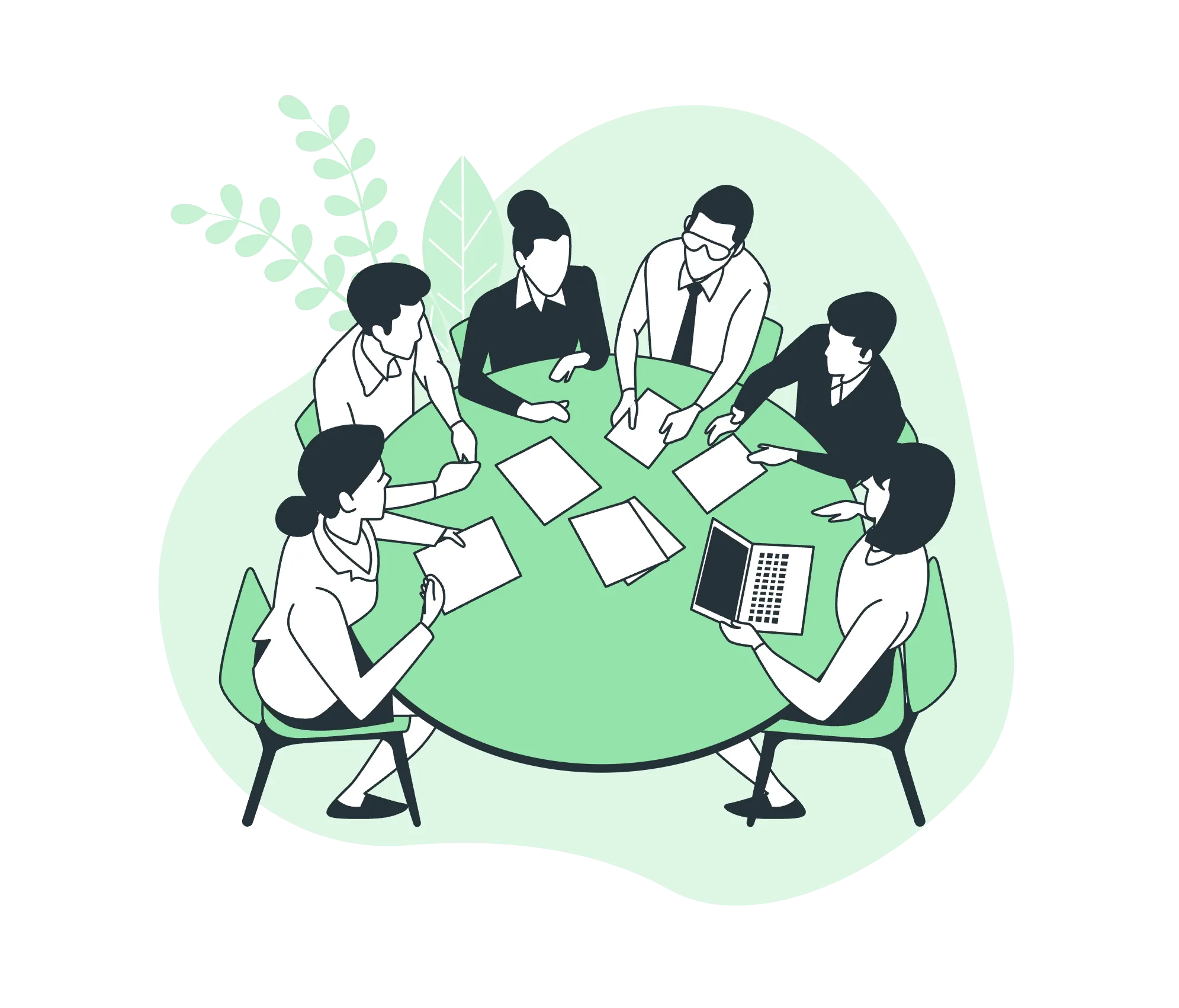
Evaluating in a group is an opportunity to hear everyone’s ideas, thoughts, and opinions. Most of the evaluation criteria discussed above for individual evaluations apply here too. Here are some great evaluation methods you can use for either group or individual settings to aid in this evaluation process:
-
Dot voting: Offer 3-4 votes for each member to vote on ideas they liked most. You can use markers, stickers, and different colors to vote. Keep voting or discussing until one idea is left.
-
Four-categories method: Ask members to categorize each idea into four groups: the rational choice, the most likely to delight, the darling, and the long shot. This allows you to view ideas on a range of most practical to most potential. Decide on one to two ideas best suited for each of the four categories and go from there.
-
Bingo selection: Members divide ideas, grouping various features in potential applications. These potential applications will split ideas best suited for: physical prototype, a digital prototype, or experience prototype.
-
Affinity diagram: Similar to affinity mapping, cluster similar ideas together to discover connections between them, uncovering useful patterns or themes that may be promising through this categorization method.
By the end of this phase, your top ideas or last standing ideas will be settled and finalized to move into the next phase. Take your time to evaluate all your ideas by using the evaluation criteria or methods discussed. Remember to make your choice wisely.
Ideate Phase Conclusion

We have come to the end of the Ideate phase. With all the amazing ideas explored, you have the tools to move to the next phase, Prototype. We finished with Ideation where we gained the fuel and source material for building prototypes. In the next phase, be prepared to start implementing high quality sketches, prototypes, and innovative solutions into the hands of your users.
Ideate Video:
Please note that although we didn’t discuss wireframes in writing for this phase of the bootcamp, the video gives us insight into what Prototype phase will look like. Also please ignore the activity in the video, you will not need to complete it.
Key Points
0:45 - What is Ideation?
1:00 - Brainstorming + Mindmapping
1:43 - Failstorm
2:02 - Ideation mindset
Wireframes
3:17 - What is a wireframe?
4:00 - Low fidelity wireframes
4:26 - Mid fidelity wireframes
5:17 - High fidelity wireframes
6:30 - Crazy 8’s
Bootcamp Project
After finding a direction for your designs, you can begin brainstorming and sketching possible solutions for the problem at hand. Keep in mind the research you did and how you can tackle the frustrations you found with your sketches.